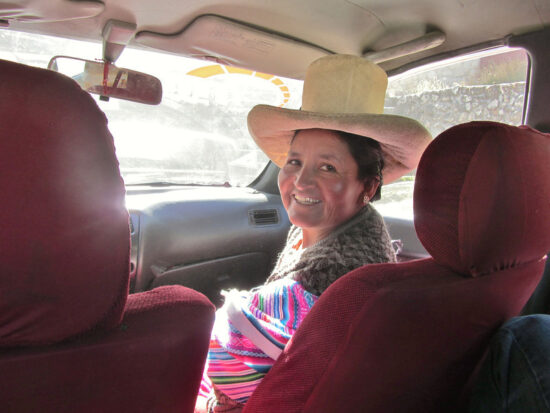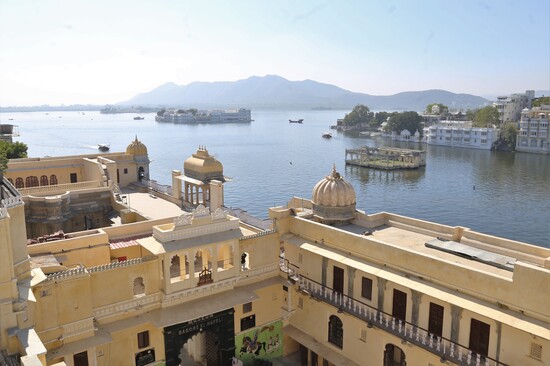Hello again! This is a continuation of yesterday’s post, so if you haven’t read that yet, do so first to give you some context!
We spread our sightseeing out over three days in four hour chunks that we could sneak in from about 8 AM – 2 PM before the rain started at 2ish each day. Here are a few of the sights we enjoyed most!
The Lingmala Waterfall
This was a lovely little waterfall that only flows during rainy season. We did a 20 minute walk up to the viewpoint and enjoyed the views from there.
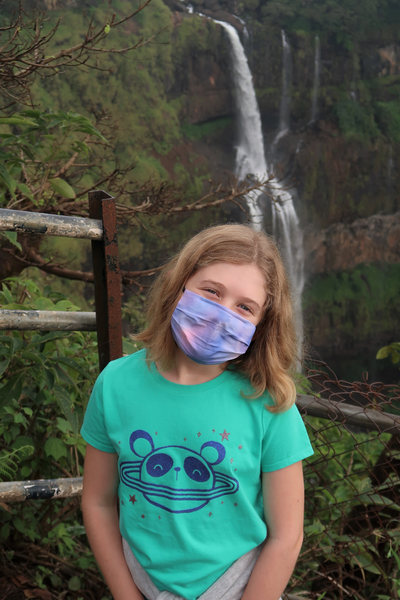
Viewpoints (Arthur’s Seat & Elphinstone)
We visited a myriad of viewpoints but our two favorite were definitely Arthur’s Seat and Elphinstone. Arthur’s Seat was named after Arthur Malet, a British Actor who built a house in Mahabaleshwar. Arthur tragically lost his wife and 1 month old daughter in a ferry accident on the river at the bottom of this valley (you can see it in brown in the lower right of the photo below). It is said that Arthur would sit at this viewpoint and stare at the river, grieving for his family. And that is how it came to be known as Arthur’s Seat. Sad, huh?
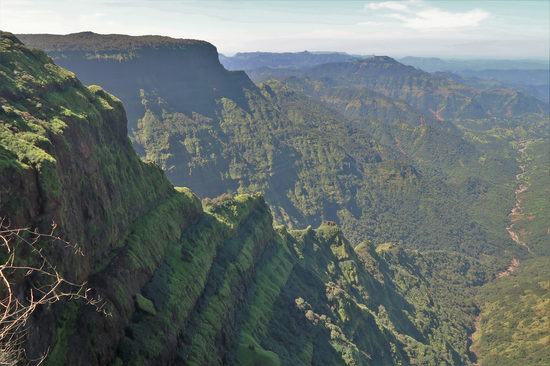
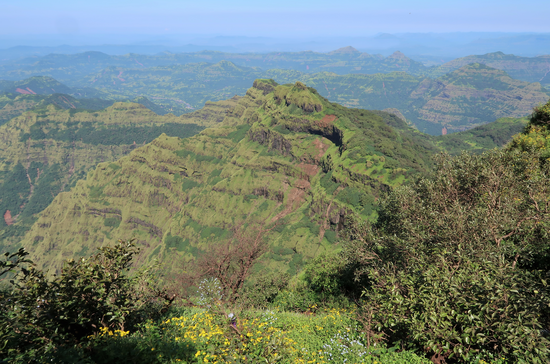
Elphinstone point was discovered in 1830 and named for Mountstuart Elphinstone, the then governor of Bombay. This point was close to Arthur’s Seat but pointed West toward Pratapgad Fort.
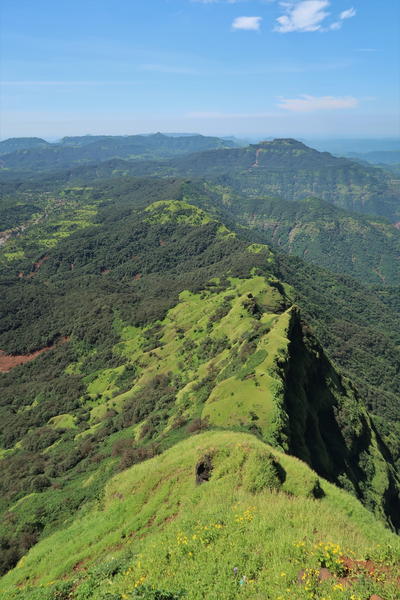
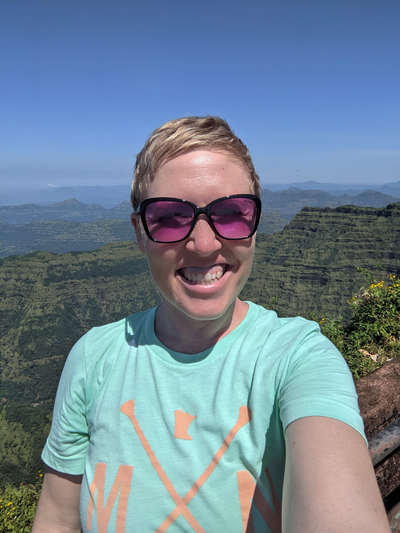
This viewpoint was where we got all the great monkey pics.
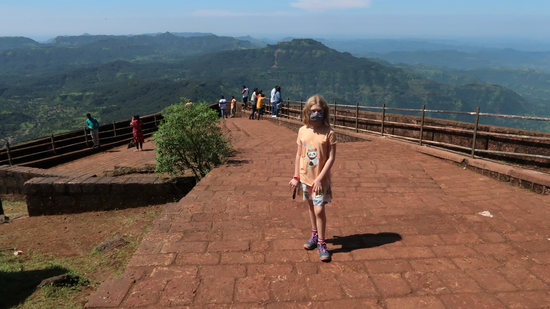
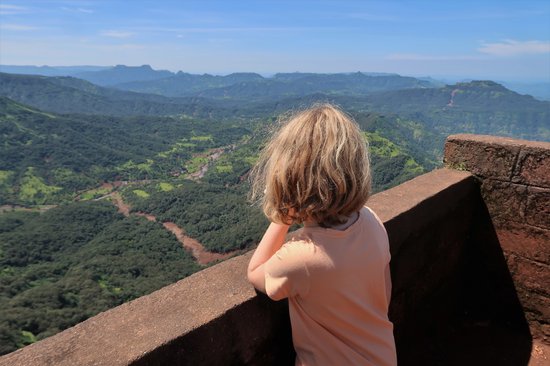
Pratapgad Fort
Pratapgad Fort ended up being my unexpected favorite though. We hired a guide at the site and he took us for a one hour tour. Unbeknownst to me, the Fort is an important heritage site for the Maratha people who inhabit Maharashtra (and speak Marathi). It was here that the young Maratha Chieftain Chhatrapati Shivaji Maharaj ordered the construction of a Fort in the early 1650’s to defend the Par pass.
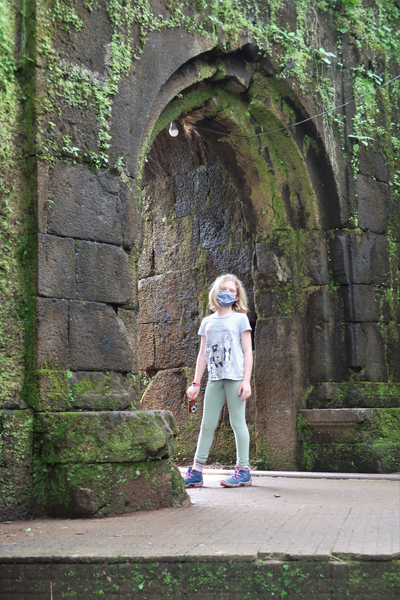
The fort was completed between 1654 and 1656 and named Pratapgad (meaning “Valor Fortâ€). The building of this Fort turned out to be very fortuitous because 3 years later Afzal Khan, a warrior from an opposing Sultanate in Karnataka, marched to Pratapgad with thousands of warriors. Afzal Khan invited Chhatrapati Shivaji Maharaj to meet him at the bottom of the Fort to discuss ways to avert a battle. However, when they met up Afzal Khan treacherously attempted to kill Chhatrapati Shivaji Maharaj. Luckily Chhatrapati Shivaji Maharaj had body armor on that saved him. When he realized that he’d been tricked by Afzal Khan, he retaliated by using a claw-like weapon that fit the hand to slash his stomach open.
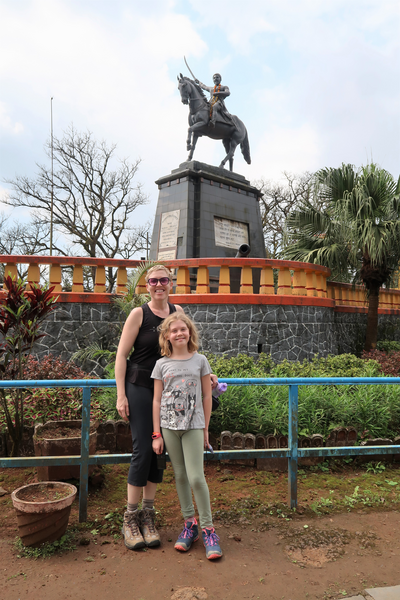
Afzal Khan was beheaded and is buried at the foot of the Fort. If you found this interesting, you’ll find a more in-depth description of the battle HERE.
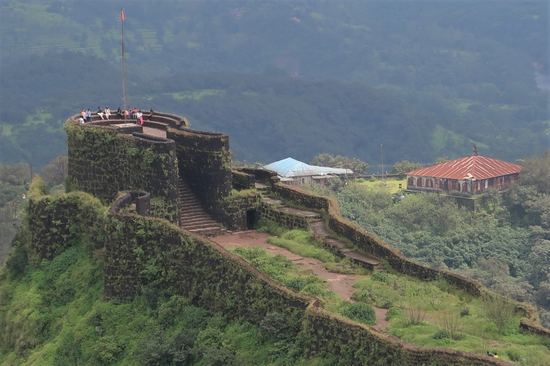
The Marathas came into political prominence in the 17th century when they, under Shivaji Maharaj, established the Maratha Empire, which is credited to a large extent for ending Mughal rule in India. The battle at this Fort played a significant role in their rise to power.
Chhatrapati Shivaji Maharaj continues to be a revered hero in Maharashtra. The International Airport, Central Train Station and History Museum in Mumbai are all named for him. I’ve been stumbling over his name for years trying to pronounce it, so it was nice to finally learn the backstory about why he was so important to Maharashtra’s history.
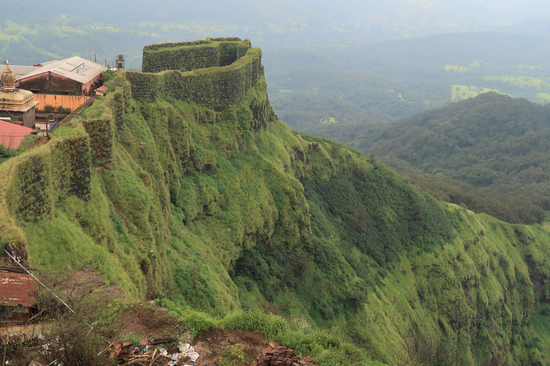
Our guide was a descendant of a warrior family that fought with Chhatrapati Shivaji Maharaj. Many of the warrior families still live on the Fort’s compound. Can’t complain about the views either – they were stunning! A must-see if you are in the Mahabaleshwar area! Thanks for reading everyone!

